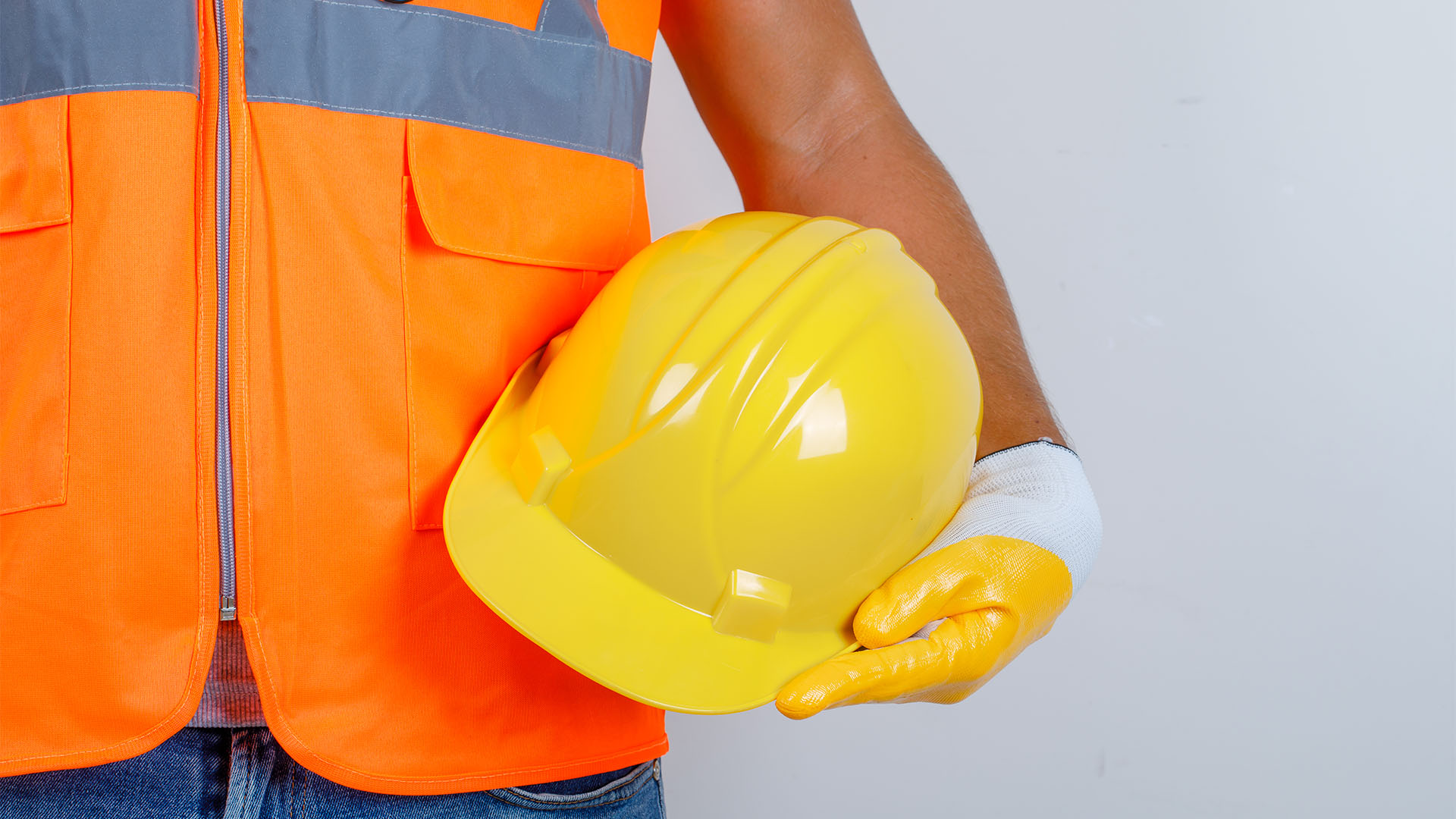
Utility-scale engineering and construction projects are inherently risky. Large numbers of people independently working on a site, out in the weather, around dangerous machinery large and small, racing to finish the project as quickly as possible. Most Engineering, Procurement, and Engineering (EPCs) in the solar industry have the personnel safety issue solved. There are ongoing, sophisticated efforts to ensure people on a project site are as safe as possible.
A safety issue in utility-scale PV projects that’s NOT often discussed is extreme weather risk to a partially completed power plant. Typically, the build phase for utility-scale plants is three months or longer. During that time, plant components are pieced together to an exacting workflow by skilled laborers to ensure a safe, efficient, and error-free build.
But there are still risks.
Take tracker systems for example. Depending on the design, many single-axis trackers can’t enable built-in weather risk mitigation technology until AFTER construction is almost complete or until the project is commissioned and operational. That efficient workflow to ensure safety and speed up project delivery with decentralized trackers can leave them exposed during the crucial construction months, especially to wind and hail events. As anemometers, wireless networks, power supplies, charge controllers, batteries, and motors wait to be connected, there’s a vulnerability to wind and hail.
Active stow response is the culprit here. Trackers that rely on this weather risk strategy leave structures and installed modules at risk waiting for thousands of parts to be connected and powered.
If your site encounters wind and hail during that three-month or longer build phase, the risk of damage pre-commissioning is real. And insurers and lenders are becoming more sensitive to this risk. The recent hardening of commercial insurance markets in the U.S. points this out.
If you are constructing with a tracker system that relies on active stow to mitigate wind and hail events, how does waiting for the tracker’s active stow activation affect your risk tolerance?
Are you willing to tolerate that risk exposure for 60 days? 90 days?
How do you mitigate this vulnerability until the active stow is functional?
Are lenders, financiers, or insurers willing to tolerate this build phase risk?
ARRAY Technologies answers these questions with a patented passive response technology.
Our passive mechanical wind mitigation is fully functional beginning with the proper assembly of the FIRST row. ARRAY Technologies’ philosophy of engineered simplicity means no waiting for the installation of literally thousands of more components. Requiring 167 fewer parts on average than a tracker with an active stow response, ARRAY’s design also reduces risk by vastly reducing components that over time will have a failure rate that’s proven to reduce uptime and production over the 30+ year expected lifecycle of a modern PV power plant.
ARRAY engineers spend a lot time thinking about wind speed, hail response, and eliminating the probability of wind and hail damage to our trackers, both during construction and after commissioning.
Download our white paper “Wind and Hail Risk Mitigation and the Firming of Commercial Insurance Markets for Utility-Scale Solar Power Plants” to learn more about our patented passive weather risk mitigation technology and how we can help reduce your weather risk.
Click here for other articles by this author

